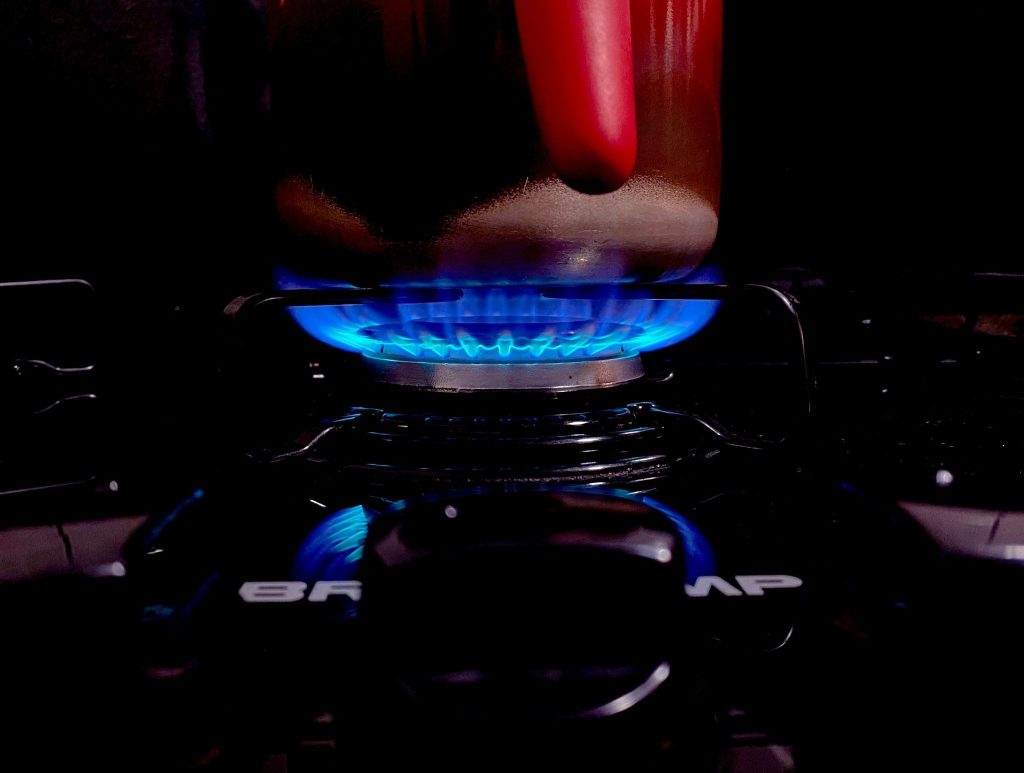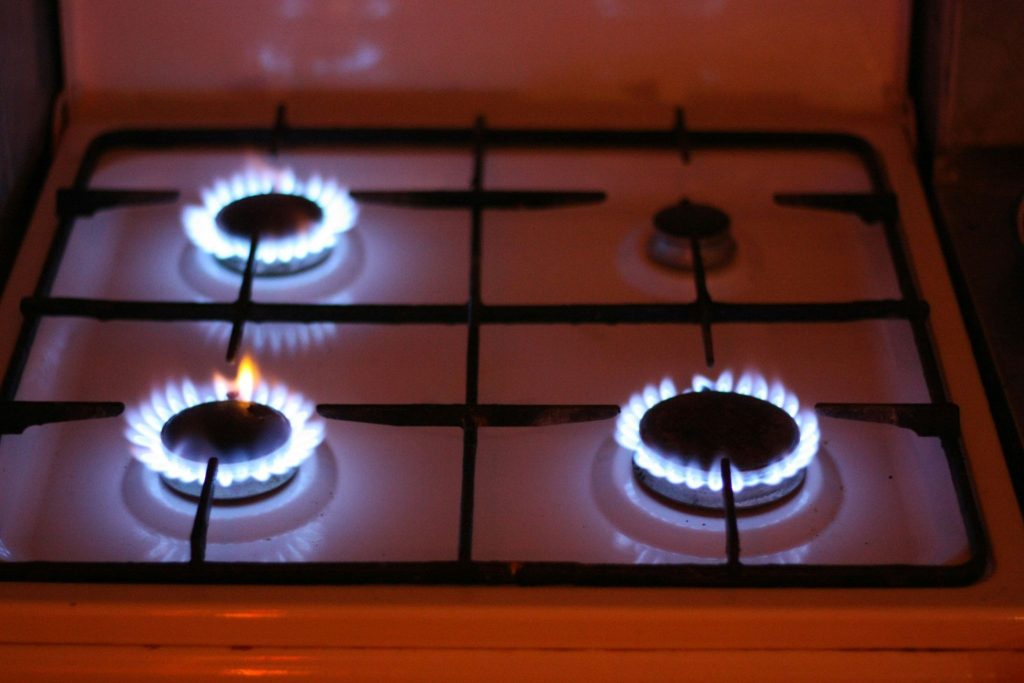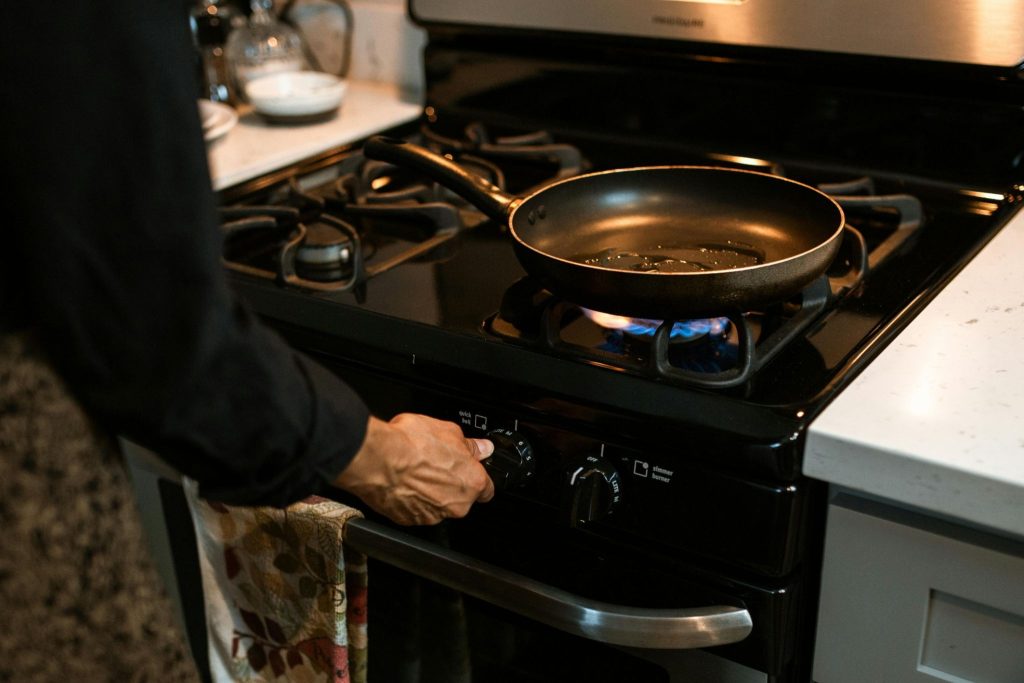
A gas stove is the heart of any kitchen, but it can also be one of the toughest appliances to keep clean. Between bubbling sauces, oil splatters, and burnt-on food, your stove top can quickly lose its shine. Luckily, with the right techniques and a bit of consistency, cleaning your gas stove top can be simple and even satisfying.
In this article, we’ll walk you through the best ways to clean your gas stove top, from everyday wipe-downs to deep cleaning methods that tackle even the toughest grime.
Why Regular Cleaning Matters

Cleaning your gas stove top regularly isn’t just about looks—it’s about performance and safety too. Built-up grease and food debris can clog burner holes, affect flame quality, and even pose a fire risk. A clean stove ensures:
- Better flame efficiency and even cooking.
- Longer lifespan for your stove and burners.
- Reduced odors from burnt residues.
- A more hygienic kitchen environment.
What You’ll Need
Before you start, gather your cleaning supplies. You can use commercial cleaners or natural alternatives. Here’s what you’ll need for both:
Basic Supplies:
- Soft sponge or microfiber cloth
- Dish soap (preferably grease-cutting)
- Baking soda
- White vinegar
- Toothbrush or small scrubbing brush
- Paper towels or dry cloth
- Bowl of warm water
Optional:
- Degreaser spray
- Razor scraper (for burnt residue)
- Lemon (for natural deodorizing)
Step-by-Step: How to Clean a Gas Stove Top

Step 1: Turn Off and Cool Down
Safety first! Make sure all burners are turned off and the stove is completely cool before cleaning.
Step 2: Remove Grates and Burner Caps
Take off the grates and burner caps and set them aside. Soak them in warm, soapy water for at least 15–20 minutes to loosen grease and grime.
Tip: For heavy buildup, add a few tablespoons of baking soda to the soaking water.
Step 3: Wipe Away Loose Debris
Use a damp cloth or paper towel to remove crumbs and loose dirt from the stove top surface. This makes deep cleaning easier later.
Step 4: Apply a Cleaning Solution
You can choose between a natural cleaner or a store-bought degreaser.
Natural Method:
- Mix 1 part vinegar with 1 part water in a spray bottle.
- Spray generously over the stove surface.
- Sprinkle baking soda on greasy areas for extra cleaning power.
- Let it sit for 10–15 minutes to break down grime.
Commercial Cleaner:
- Spray a degreaser or multipurpose stove cleaner evenly across the surface.
- Allow it to sit as per the product instructions (usually 5–10 minutes).
Step 5: Scrub Away the Grime
Use a soft sponge or non-abrasive brush to scrub the stove top gently. For stuck-on grease around burners, an old toothbrush works perfectly.
For stubborn spots:
- Create a paste with baking soda and water.
- Apply it to the tough areas and let it sit for 10 minutes.
- Scrub and wipe away with a damp cloth.
Step 6: Clean Burners and Grates
After soaking, scrub the grates and burner caps using a sponge or brush.
- For rust or burnt residue: Use a baking soda paste or a bit of vinegar for extra strength.
- Rinse them thoroughly and dry completely before reassembling.
Note: Never wash burner heads in the dishwasher, as moisture can cause rust or blockages.
Step 7: Rinse and Dry
Wipe the stove surface with a clean, damp cloth to remove any remaining residue or cleaner.
Then, use a microfiber cloth to dry and polish the surface for a shiny, streak-free finish.
Step 8: Reassemble the Stove
Once everything is clean and dry, place the burner caps and grates back in their positions. Turn on each burner briefly to ensure they’re working properly.
Natural Cleaning Hacks
If you prefer eco-friendly and chemical-free cleaning, here are a few natural tricks:
- Lemon and Baking Soda: Cut a lemon in half, dip it in baking soda, and scrub the stove top for a natural degreaser and deodorizer.
- Vinegar Steam: Heat a 50/50 vinegar-water solution in a spray bottle, then spray on tough stains to loosen them easily.
- Salt Paste: Mix salt and water into a paste and use it for burnt food stains. It’s gentle yet effective.
How Often Should You Clean Your Gas Stove Top?

- After every use: Wipe spills immediately with a damp cloth.
- Weekly: Deep clean grates, burners, and the stove surface.
- Monthly: Inspect gas ports and clean them to prevent clogs.
Regular maintenance prevents buildup and makes cleaning much easier in the long run.
Common Mistakes to Avoid
- Using steel wool or abrasive pads: These can scratch the enamel or stainless steel surface.
- Reassembling wet burners: Moisture can block gas flow and cause uneven flames.
- Skipping ventilation: Always clean in a well-ventilated area if using chemical cleaners.
- Ignoring small spills: Small stains can become stubborn over time if not cleaned promptly.
Pro Tips for a Sparkling Stove
- Apply a thin coat of vinegar and wipe it off after cleaning to give your stove a polished shine.
- Use burner liners or drip trays to catch spills and make future cleaning easier.
- Keep a microfiber cloth nearby to wipe after every cooking session.
Frequently Asked Questions (FAQ)
1. What’s the easiest way to clean a gas stove top?
The easiest way is to spray a mixture of vinegar and water on the surface, sprinkle baking soda, let it sit for 10–15 minutes, and then wipe it clean. It cuts grease naturally and leaves the stove shiny.
2. Can I use dish soap to clean my gas stove top?
Yes! A few drops of grease-cutting dish soap mixed with warm water can effectively clean mild grease and dirt from the surface.
3. How do I clean clogged burner holes?
Use a toothbrush or a straightened paper clip to gently unclog burner holes. Avoid using toothpicks—they can break inside the burner.
4. Can I clean grates in the dishwasher?
Cast iron grates should not go in the dishwasher. Instead, soak and scrub them by hand to prevent rusting.
5. How do I remove burnt-on stains?
Make a paste of baking soda and water, apply it to the burnt area, and let it sit for 15 minutes. Then scrub gently with a sponge or brush.
6. What should I avoid when cleaning my gas stove?
Avoid using bleach, harsh chemicals, or metal scouring pads—they can damage the stove’s surface and burner parts.
7. How can I make my stove top shiny again?
After cleaning, spray a small amount of vinegar or stainless steel polish and buff it with a microfiber cloth for a glossy finish.
Conclusion
Cleaning your gas stove top doesn’t have to be a chore. With the right materials and methods, you can easily keep your stove spotless and running efficiently. Whether you prefer natural cleaners or store-bought solutions, the key is consistency—a little care after each use goes a long way toward maintaining that fresh, clean kitchen look.
A sparkling stove not only makes your kitchen look better but also keeps your cooking safe and enjoyable every day.


